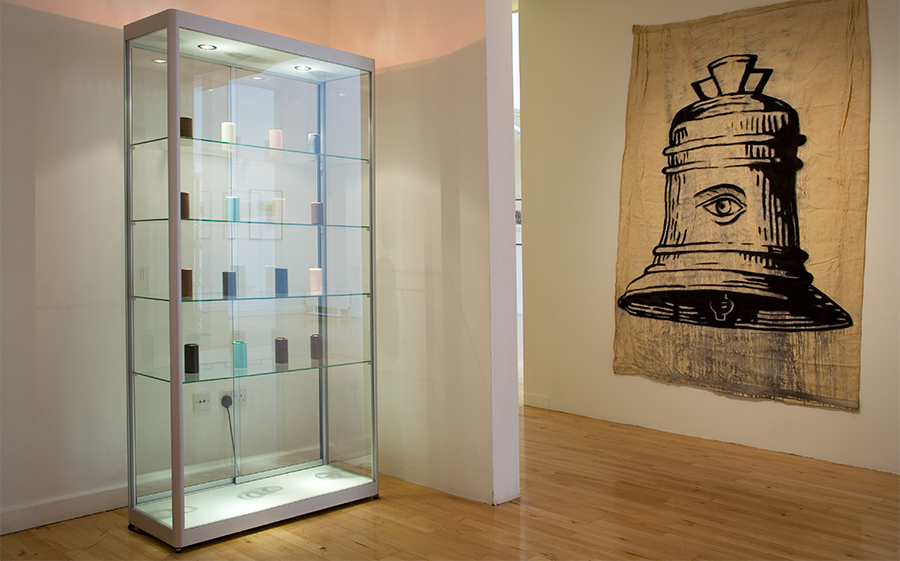I would argue that all the things I learned in this course were instrumental to me learning about Chicana artists, but also about my Chicana identity. Before this class I had never used the word Chicana to describe myself, it felt a little alienating, I was not sure of its significance. This probably is due to the fact the word was not used in my area (the Mexicali border), we were all simply Mexicans. I felt scared that I would be less than if I identified as Chicana (much like the original intent of the word was before it was reclaimed), but I knew my experiences were slightly different. Today I am still figuring out who I am and what I stand for, but I am embracing the term Chicana.
Two concepts within this class that I found instrumental to exploring my lived experience is rasquachismo and domesticana. While domesticana is something I practice more personally, within the confines of my personal space (whether it was my room at home or my dorm at UCLA), and it something I learned from my nana and mom practice in a similar way, rasquachismo is something my entire family portrays. It is only natural to do so as a response to the struggles associated with the immigrant experience, we had to do with what we had, thus developing the “underdog” perspective.
The first person I think about when I think of rasquachismo is my tío Jandro (short for Alejandro). Although I would say he has been rasquache since as long as I can remember, but recently he purchased a new house and has put this concept to practice in his backyard.
This makeshift bench is a project my uncle wanted to undertake to use the materials he had laying around, but he used it as a bonding experience with his daughters. Together they constructed it and then decided to give it a little bit of color to make the backyard a little more welcoming.
My uncle is a plant-aficionado and here he decorated his sill snake (lengua de suegra) with bricks. In the background you can also peek at a miscellaneous metal butterfly and a pelican-shaped glass, which he has used to decorate.
My uncle just moved into this house this past summer and with the pandemic it has been difficult to settle in or even have a proper housewarming, but the little has been able to do shows us his determination to make the space his own. I am sure that as he continues he will continue to employ his personal rasquachismo.
Before this course I did not realize this was an actual phenomenon, though I saw it outside my family as well, I thought it was coincidence, something that happened. Sure enough, it is a thing that happens, but it is a unifying experience.
This was my first Chicanx course, but it won’t be my last. I hope my following classes will continue to be as insightful as this one has been, and more importantly, that I will continue to learn about my identity.












